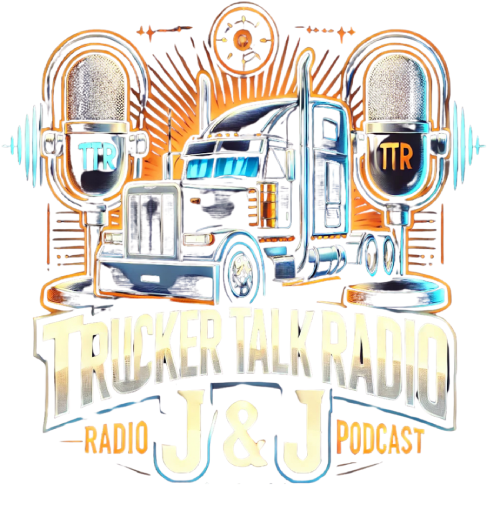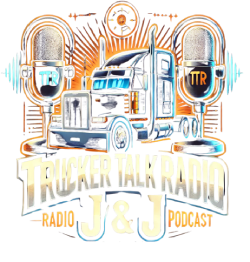Since its inception in 2014, over 8,000 employees at Amazon Canada have engaged in the company’s Career Choice program, with transportation emerging as the most favored area of training.
The program encompasses five major fields of study: transportation, IT, mechanical systems, industrial systems, and other unspecified disciplines, with transportation—especially truck driving training—being the leading choice for participants in Canada.
CDL (Commercial Driver’s License) programs represent more than half of all enrollments, addressing the ongoing labor shortage in the trucking sector and the notably low percentage of female drivers, according to Tammy Thieman, the global director of Amazon Career Choice. The program facilitates upskilling by covering 95% of tuition and fees for eligible certificates and diplomas, including those in transportation, without any obligations.
High Success Rates
Amazon’s CDL training initiative has proven effective in equipping employees for transportation careers. Thieman noted, “Trucking has one of our best completion rates and transition rates in Canada,” with many graduates securing driving roles either within Amazon’s transportation division or in other areas of the industry.
To broaden accessibility, Amazon collaborates with 20 educational institutions, including Ancora Education and Toronto Truck Driving School, among others.
Rising Demand Among Women
Natalie Williams, vice president of Ancora Education, indicated a growing demand for CDL training among Amazon employees in both Canada and the U.S., particularly from women. “While the participation numbers remain inequitable compared to the male population, we see an annual increase,” said Williams, noting that women currently hold only 4% of commercial driving positions in Canada—much lower than the 13.7% in the U.S.
Empowering Women in Trucking
Though barriers persist for women entering the trucking profession, stories like that of Jaspreet Aujla, who trained through the program and has been with Amazon in Calgary for nearly four years, highlight progress. Aujla expressed pride in obtaining her CDL, remarking, “Being one of the few female truck drivers at my site has been empowering.”
Williams emphasized that despite the industry being traditionally male-dominated, flexible job options and supportive mentorship from female instructors are helping to encourage more women to enter the field, dispelling misconceptions about work-life balance in trucking.
Opportunities and Benefits
While some graduates choose to stay at Amazon to advance their careers, the program does not tie them to the company post-training. “Graduates can gain skills with us and choose to move on to other opportunities without conditions,” explained Thieman. This approach can foster long-term beneficial relationships, as former employees acknowledge their career development through Amazon.
Amazon actively facilitates job placement through its Freight Partner program, assisting CDL graduates in finding employment opportunities beyond Amazon’s transportation sector. Thieman concluded by stating that the company’s investment in employee training aims not only at enhancing individual careers but also at addressing the industry’s workforce demands, creating a mutually beneficial situation for both employees and the Canadian communities in need of truck drivers.


